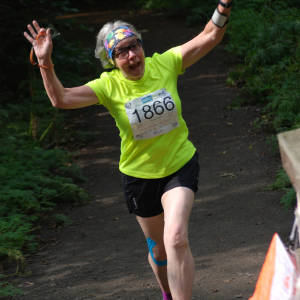The Ring of Brodgar
This write up definitely has to be read in Neil Oliver's voice! We were off early to the Ring of Brodgar to avoid the busy time of the day. The Ring is just ten minutes down the road from where we are staying and is just one part of the World Heritage area that is the heart of neolithic Orkney. The powers that be here in Orkney have done an excellent job of making their archaeological sites accessible whilst still conserving the natural environment. The Ring is part of an RSPB nature reserve so we heard curlews and skylarks amongst the other birds on our walk around the stones, and wildflowers abound.
As for the Ring itself, well it's quite breathtaking in its creation. Some facts:
It sits between Stenness Loch and Harray Loch.
It dates from the late Neolithic to the Bronze Age
The stones come from at least seven different locations on Orkney
The ditch around the Ring was cut from the bedrock (probably with antler picks). It is up to 4m deep and 10m wide. It is estimated to have taken 80 000 hours to dig ie 100 people working 10 hour days for 80 days!
It is likely there were up to 60 stones originally but today there are just 36.
There was no way I could blip the entire Ring as it is just too big, so I focused on getting closer in to groups of stones and I have several blips on my flickr album. This grouping I particularly like because it shows the stones in their setting and also how the sandstone naturally splits. It is an awesome place and we can only guess on its purpose. I'd like to think of it as a neolithic Glastonbury with lots of fun festivals going on there.
We walked from the Ring down the causeway to the smaller site of the Stones of Stenness which was equally fascinating. Apparently this area is steeped in neolithic remains, some of which have been excavated and filled in such as the Barnhouse Village. a short distance from the Stenness Stones. The Ness of Brodgar, another short distance away, is an ongoing excavation which is presently covered over for protection, awaiting the return of the archaeology team.
Back at the Ring, we had a quick snack then drove to Yesnaby for a cliffwalk. The coast here has impressive stacks (called Castles), caves, arches and dramatic cliffs. The short grass on top of the cliffs is covered in wildflowers. Sadly, we didn't find any of the Scotica Primula, a small red primula endemic to this part of the world, possibly because it has already gone over, but we did note: primroses; marsh marigolds; yellow flag; milkwort; tormentil; lousewort; butterwort; spring squill, thrift; sea plantain; daisies; orchids and thyme. Fulmars were nesting on the cliffs and oystercatchers were our constant companions. In one bay a male eider duck was trying hard to impress two females by stretching his neck and making the weirdest noise. As we returned from our walk, a tern, fulmar and oystercatcher were mobbing a hooded crow which would have been after their eggs.
Another good walking day and history lesson in glorious weather, I'm sorry it's raining in the south......

Comments
Sign in or get an account to comment.


